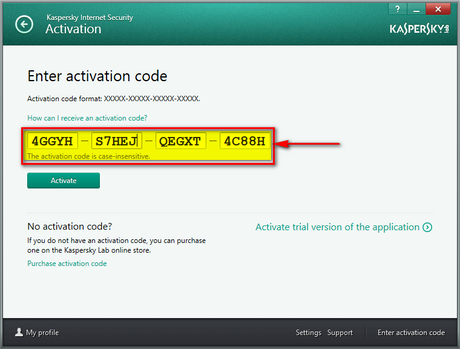Crack Code
Cryptography 101: Basic Solving Techniques for Substitution Ciphers It doesn’t matter whether a cryptogram presents you with letters, numbers, arcane symbols, lines and dots, or weird alien squiggles — if you’re asked to replace each letter in the alphabet with another symbol, you’re dealing with a simple substitution cipher. All substitution ciphers can be cracked by using the following tips: • Scan through the cipher, looking for single-letter words. They’re almost definitely A or I. • Count how many times each symbol appears in the puzzle. The most frequent symbol is probably E. It could also be T, A, or O, especially if the cryptogram is fairly short.
• Pencil in your guesses over the ciphertext. Do typical word fragments start to reveal themselves? Be prepared to erase and change your guesses! • Look for apostrophes. They’re generally followed by S, T, D, M, LL, or RE. • Look for repeating letter patterns. They may be common letter groups, such as TH, SH, RE, CH, TR, ING, ION, and ENT.

How to Decipher a Secret Code. If you want to crack codes, you can learn to recognize the most common codes and how to get started teasing out their secrets. If you need to decode anything this is the site. There is a new code almost every week! How to Crack the Code. DNA - the Blueprint of Life. Every living organism contains within itself the information it needs to build a.
• Try to decipher two-, three-, and four-letter words. • Two-letter words almost always have one vowel and one consonant. The five most common two-letter words, in order of frequency, are OF, TO, IN, IS, and IT. • The most common three-letter words, in order of frequency, are THE, AND, FOR, WAS, and HIS. • The most common four-letter word is THAT. An encrypted word with the pattern 1 – – 1 is likely to be THAT.
However, the pattern 1 – – 1 also represents 30 other words, so keep this in mind! • Scan for double letters. They’re most likely to be LL, followed in frequency by EE, SS, OO, and TT (and on to less commonly seen doubles).

Understanding the Freemason’s Cipher Freemasons have used ciphers since at least the 18th century. The Freemason’s Cipher is sometimes called the Pigpen Cipher, because the alphabet is written into a grid of lines, which may look like pigpens, and a cross shape from two diagonal lines. A letter is enciphered by drawing the shape of the cell that encompasses it. Freemasons learned one of the many versions of this cipher as part of the Royal Arch initiation. Here are the main reasons Freemasons use ciphers: • To keep their ritual ceremonies secure so they aren’t easily discovered by the unitiated • To keep messages about Masonic business (like “lodge officers meet one half-hour before the meeting of the full lodge”) just among Masons • To have fun, plain and simple The Grand Lodge style of Freemasonry began in 1717 in London, England, and spread to France in fewer than ten years.
In France, Freemasons experimented with the development of so-called high degrees, ritual initiation ceremonies that somehow went beyond the first three degrees of Freemasonry. These high degree ceremonies were plays that enhanced a Mason’s experience and interaction with the legends, for example, of the Temple built by King Solomon. Some believe that the French invented a degree called the Royal Arch, as a kind of completion (keystone) of the third or Master Mason degree. However the Royal Arch was developed — and early Masonic records are notoriously incomplete — history suggests that the Royal Arch degree was being conferred in London in the 1740s.
When it comes down to it, the Freemason’s Cipher (in any version) is a straight substitution cipher, so you can solve it by substituting a letter for each symbol. Crack the Code and Find the Secret Word Cracking Codes & Cryptograms F or Dummies has something extra — a secret word within the book for you to discover! This secret word isn’t listed in the Hints or Answers, and it isn’t mentioned anywhere within the book. The only way you can discover it is by solving the puzzles. Adobe Photoshop Dersleri Pdf. Here are a few pointers to get you started on the trail: • The secret word occurs as a keyword within one of the substitution cryptograms.
• The cryptogram in question doesn’t have any introductory text saying that the puzzle has a keyword. • Decrypt the cryptograms in the usual way. To reveal any possible keywords, write out the plaintext and cipher alphabet in two rows ( a to z on the top line, and the encrypted cipher letters on the second line, beneath the alphabet). If the puzzle has a keyword, you’ll see a sequence of letters that spells out a word within the cipher alphabet.